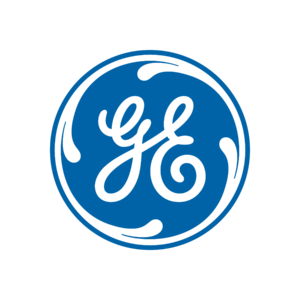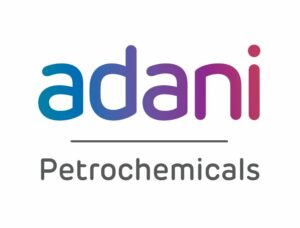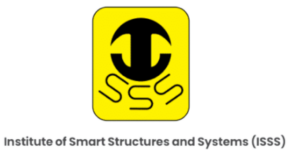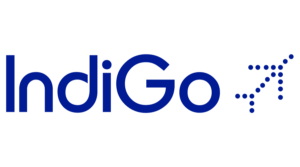Sensors and Systems for Alternative Diagnosis and Therapies
The advancement in Artificial Intelligence, Internet of Things, Nano-sensors and associated technologies has paved the path for numerous futuristic applications in Healthcare. Under the healthcare sector, apart from allopathy, alternative therapies such as Yoga, Ayurvedic medicines are re-gaining global interest as these are known to be highly personalized rather than generic. The alternative diagnostics and therapies are also being explored for the integrative medicine platforms, where allopathy medicine regime can be adopted along with alternative regimes from traditional medicines for the benefit of patients. The global complementary and alternative medicine market size was valued at USD 82.27 billion in 2020 and is expected to expand at a compound annual growth rate (CAGR) of 22.03% from 2021 to 2028. These alternate diagnostics and therapies can leverage the power of nano-sensors to enhance their personalization, effectiveness and at the same time have the ability to scale for masses. The focus of this session is to bring together all novel and innovative sensing mechanisms and associated technologies that can capture parameters required for effective implementation of alternative therapies.
E-Textile based Sensors
The emerging technologies such as Internet of Things, Artificial Intelligence, Nano-sensors, and the related technologies have expanded the scope for the E-textiles across various applications such as sports, military, medical, automotive, and fashion industries.
The E-textiles are textiles that are embedded with electronic components and devices into them. These cloths are wearable and are aimed at developing the future electronic systems to be part of everyday activities and outfits. The global E-textiles market size was valued at USD 2.56 billion in 2020 and is expected to reach USD 13.96 billion by 2030, poised to grow at a CAGR of 8.5% from 2021 to 2030.
E-textile based sensing has been an important field of in medical, military and sports fields, such as electromyography (EMG), electrocardiogram (ECG), electroencephalography (EEG), sensing biomedical features, body shape or motion sensing, power generation, human interface elements and assistive technologies, etc.
This session aims to encourage the prospective authors to contribute with the submissions of abstracts, and papers, in the broad emerging field of E-textiles, such as: sensing the users or environmental characteristics; integrating the actuators, computational and transmission functions; reacting, adapting the behaviour of E-textile in response to the external stimuli; and human interface elements, assistive technologies.






